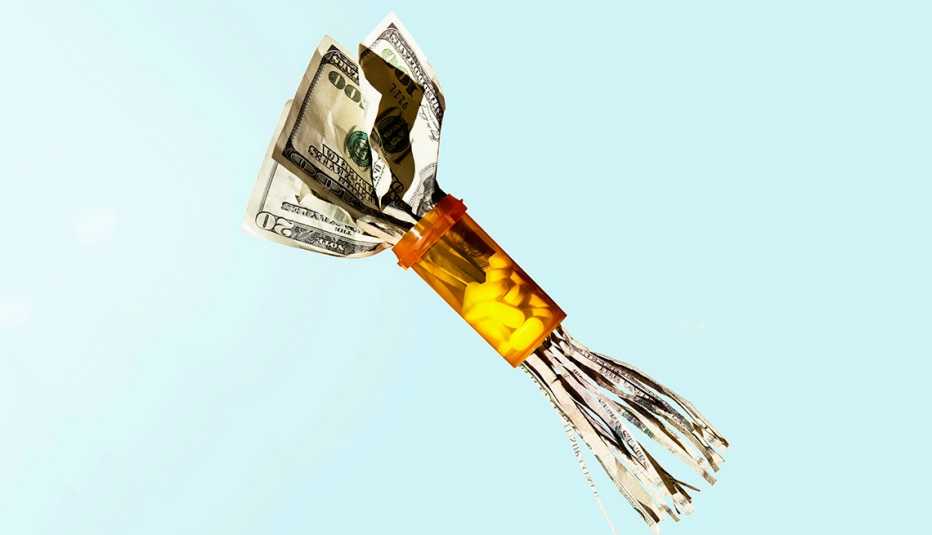Staying Fit


Medicare may pay the lion’s share of medical costs for beneficiaries, but a new report by the nonpartisan Kaiser Family Foundation (KFF) finds that by 2030 health care will consume half of a recipient’s Social Security income.
“Medicare provides good protection, but it’s fairly basic,” says Tricia Neuman, a senior vice president and director of the foundation's program on Medicare policy. It doesn’t cover long-term care expenses or dental, vision and hearing care, and there are premiums, deductibles and copays for services that it does cover.


AARP Membership— $12 for your first year when you sign up for Automatic Renewal
Get instant access to members-only products and hundreds of discounts, a free second membership, and a subscription to AARP the Magazine.
“When you put it all together, the dollars really do add up,” Neuman says. According to AARP, in 2013 people with traditional Medicare spent an average of $5,680 on premiums and medical services.
The KFF report reveals that in 2013, the average out-of-pocket health care spending for Medicare recipients was 41 percent of their average per capita Social Security income. The study projects that rate will rise to 50 percent in 2030.
The average Social Security benefit in 2013 was $13,375; it is projected to be $15,904 in 2030.
The numbers also show that out-of-pocket spending is higher for people over 85, in poor health and with modest incomes. For example, 51 percent of individuals with annual incomes below $20,000 and 53 percent of those over 85 spent at least 20 percent of their total income on out-of-pocket medical costs.
“We were also surprised to see that more than a third of people on Medicare spend at least 20 percent of their total income on health-related expenses,” Neuman says.
“For people who rely on Social Security for most of their income, these numbers are scary,” she adds. “These findings suggest that health care costs are going to take a big bite out of their monthly payments.”
The report notes that Social Security payments are not keeping pace with growing health care costs, says Debra Whitman, chief public policy officer at AARP, whose Public Policy Institute helped fund the Kaiser study. “As out-of-pocket health and long-term care costs take a larger and larger share of Social Security income, older and sicker Americans simply won’t be able to afford even the most basic necessities of life,” Whitman says.
The report suggests policymakers should consider the financial toll on individual beneficiaries when they contemplate changes to Medicare or Medicaid.
“The findings suggest that rising health care costs could pose affordability concerns for those beneficiaries who derive most of their income from Social Security,” the report states, “while proposals that would shift additional health care costs onto beneficiaries could increase the burden of out-of-pocket spending even more than it is already projected to rise.”
Dena Bunis covers Medicare, health care, health policy and Congress. She also writes the “Medicare Made Easy” column for the AARP Bulletin. An award-winning journalist, Bunis spent decades working for metropolitan daily newspapers, including as Washington bureau chief for the Orange County Register and as a health policy and workplace writer for Newsday.


































































More on health
Medicare Spared From Budget Cuts in 2018
But this program and others essential to seniors still face threat of cutsHow Much Does Medicare Cost?
Monthly premiums, other out-of-pocket expenses can add up